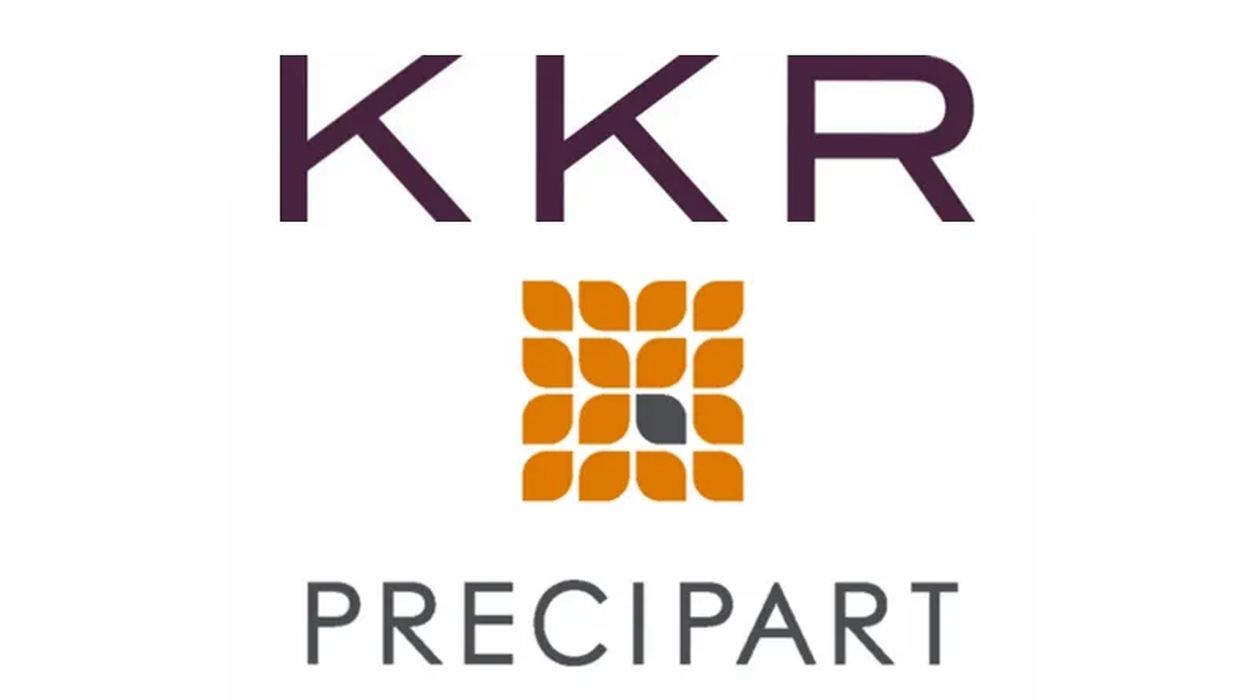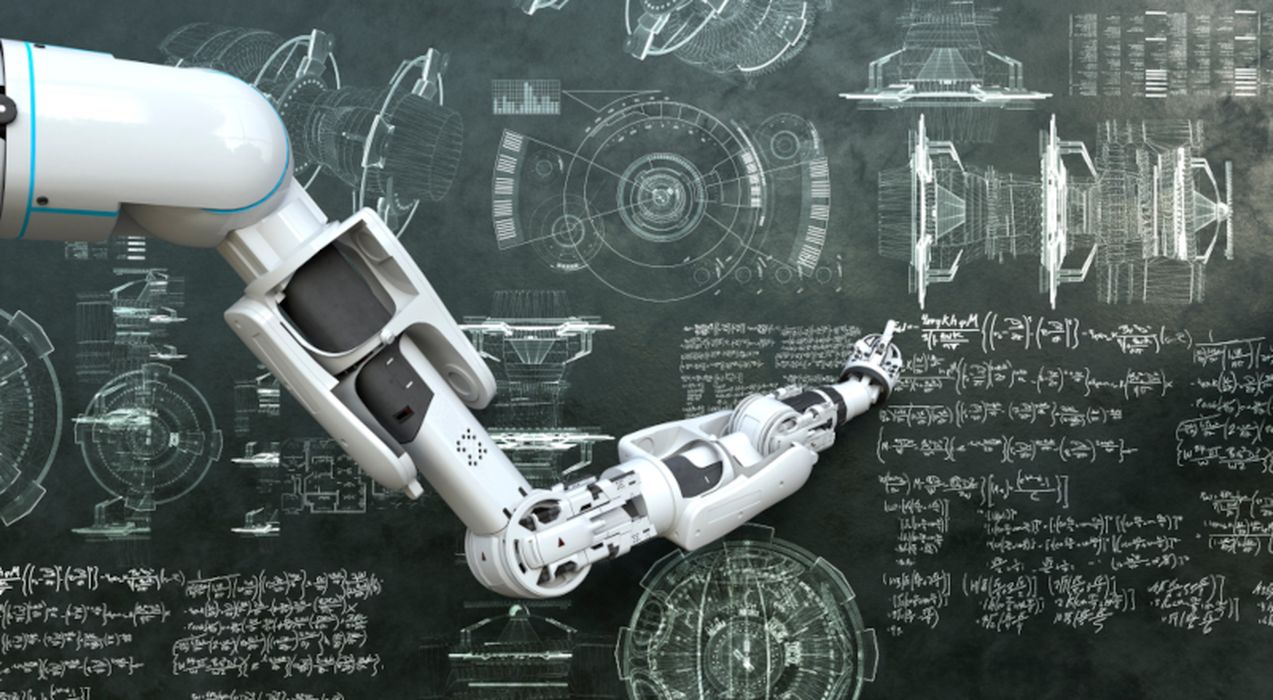
Charles R. Goulding and Preeti Sulibhavi discuss KKR’s strategic investment in Precipart and how it signifies a transformative shift for the company.
An October 2023 press release announced that KKR was investing in Precipart, a long-standing Long Island, New York industrial products manufacturer. This surprise investment signals significant changes that many outside observers haven’t noticed at the storied manufacturer.
Founded in 1950, Precipart was traditionally a manufacturer of small, precision-machined parts. It operated as what the manufacturing industry calls a “Swiss shop,” named after the numerous Swiss screw machines it historically utilized. These mechanical marvels can produce high volumes of tiny, machined metal components like screws, nuts and bolts. While Precipart maintains strong CNC machining capability and expertise in gears and motion control, its capabilities have greatly expanded.

As a sophisticated investor, KKR likely took notice of Precipart’s evolving expertise in applying 3D printing to prototype design for life science applications like hearing aids, drug delivery devices and non-invasive surgical tools.
“We have deep admiration and respect for the business that Oliver, his family, and the management team have built and are excited to be their chosen strategic partner to support the Company going forward,” said Anuv Ratan, a KKR Director.
Precipart now utilizes a wide range of advanced materials, including:
- Titanium alloys
- Stainless steel alloys
- Aluminum alloys
- Technical ceramics

Additionally, Precipart has honed unique capabilities in 3D printing and micro manufacturing. Its website describes these capabilities:
“The impact of 3D printing on accelerating innovation for minimally invasive devices and surgical robotics can’t be overstated. It opens up a world of possibilities to engineers, who now have the freedom to design lightweight, complex geometries that would otherwise be impossible to machine.”
Other notable attributes of Precipart’s 3D printing expertise include:
- Accuracy to ± 5 μm up to 10 mm
- 18 μm laser spot size
- Wall thicknesses >20 μm
- Small holes Ø <100 μm
- Surface roughness: Ra 0.7 μm; Rz 2.7 μm
The Research & Development Tax Credit
The now permanent Research & Development Tax Credit (R&D) Tax Credit is available for companies developing new or improved products, processes and/ or software.
3D printing can help boost a company’s R&D Tax Credits. Wages for technical employees creating, testing and revising 3D printed prototypes can be included as a percentage of eligible time spent for the R&D Tax Credit. Similarly, when used as a method of improving a process, time spent integrating 3D printing hardware and software counts as an eligible activity. Lastly, when used for modeling and preproduction, the costs of filaments consumed during the development process may also be recovered.
Whether it is used for creating and testing prototypes or for final production, 3D printing is a great indicator that R&D Credit eligible activities are taking place. Companies implementing this technology at any point should consider taking advantage of R&D Tax Credits.
Conclusion
Taking almost 75 years of traditional precision manufacturing expertise and integrating it with leading life sciences 3D printing technologies is a powerful combination. The fruits of KKR’s investment in Precipart’s blended capabilities across both conventional and additive manufacturing should be worth watching in the medical device industry.
